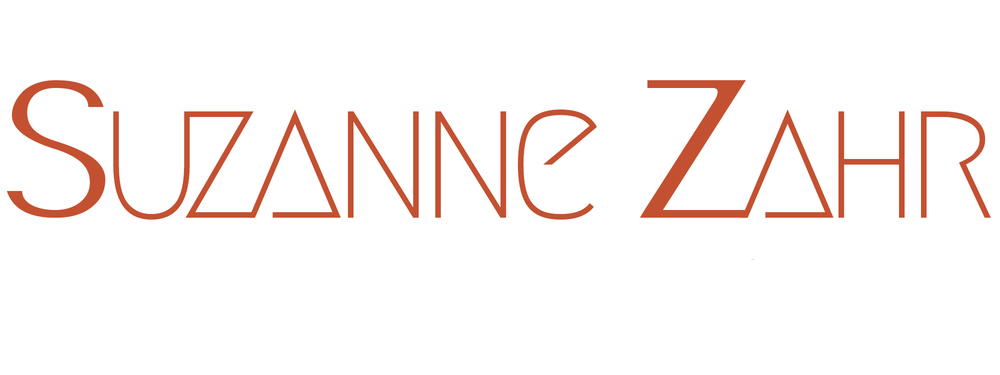Control Anatomy No. 2
Control Anatomy No. 2
Study | Digital photography
30 x 42 cm | 11 3/4 x 16 1/2 in
"The philosophy of the militant ruler then relied on viewing the Palestinian as a lentil grain under a microscope, as it does today, a philosophy of making him feel that he is being watched around the clock. So then aside from our blood, it feeds on insomnia too.
Often at that time, the refugee camps were filled with angry young men who had no strength or power but a stone, a stone that they launch toward the military machines, and then hide in the streets and alleyways of the camp. The militant ruler punishes the entire camp by having helicopters drop stones toward the homes’ cement roofs that are stacked like shipping containers.
That was the first wave of banging on the roofs.
I do not know why I am obsessed with the eighties and the nineties. I love to see their poor quality photos, although they carry enough pain for me to stop searching for them from time to time. I also love hearing the stories of those who lived them, stories of the violence-manufacturing technology, which is not the same as the technology today.
Stories about the militant ruler’s insane capabilities to spy and know the details of the camp residents’ daily lives. And how one time while investigating a neighbor it informed him that he had a plate of beans the prior day without having entered his home.
There was no technology like we know today, no cellphones nor blue space. I can confirm that even the militant ruler could not have been able to plant spying instruments in all of the camp’s homes, but its ability to gather what mattered and what did not was beyond the limits of description."
In this exhibition, Mahmoud Alhaj examines the colonial violence and mechanisms of domination and control imposed on Palestinian geography over the years. Alhaj’s projects preceded the intensification of these oppressive tools, ultimately leading to the ongoing genocide and atrocities in the Gaza Strip over the past months. Alhaj views the technology of violence production as the culmination of an ongoing workshop organized by the colonizer behind the scenes to invent the most violent methods to subjugate Palestinians.
The exhibition features a collection of projects completed by Alhaj in recent years, including Violence 24/7, Fragile, and 402 of Gray. These works rely on images that aim “to keep pace with the crazy flow of violent events” around the artist. Alhaj selects “images that have lost their luster in the eyes of viewers and faded into the back doors of internet search engines,” and images that have had repercussions on himself and those around him. He reintroduces these images within a contemporary artistic narrative.
Alhaj layers photographs taken over the years and compares them to uncover changes over time, akin to an investigative detective on a highly meticulous mission. He gathers the traces left by colonial strategies, including the distortion of landscape and the delineation of control and domination. He finds evidence in various places such as the wall, sewage dumps, military barracks, watchtowers, streets, roundabouts, and borders…
In Violence 24/7, Alhaj resorted to dismantling and reconstructing specific parts of the violence archive of the military governor, spanning from 1987 to 2023. He subjects these images and materials to an intense digital treatment process.
The strength of Alhaj’s projects lies in his foresight in studying violence technology, an issue of increasing importance in the Palestinian context as the genocide in Gaza intensifies using these technologies. Additionally, his work stands out due to his meticulous attention to detail and his ability to transcend the limitations of digital techniques, resisting their easy allure. Instead, he takes a more deliberate approach, manipulating digital technology to serve his vision and ideas.
Words by Rana Anani


